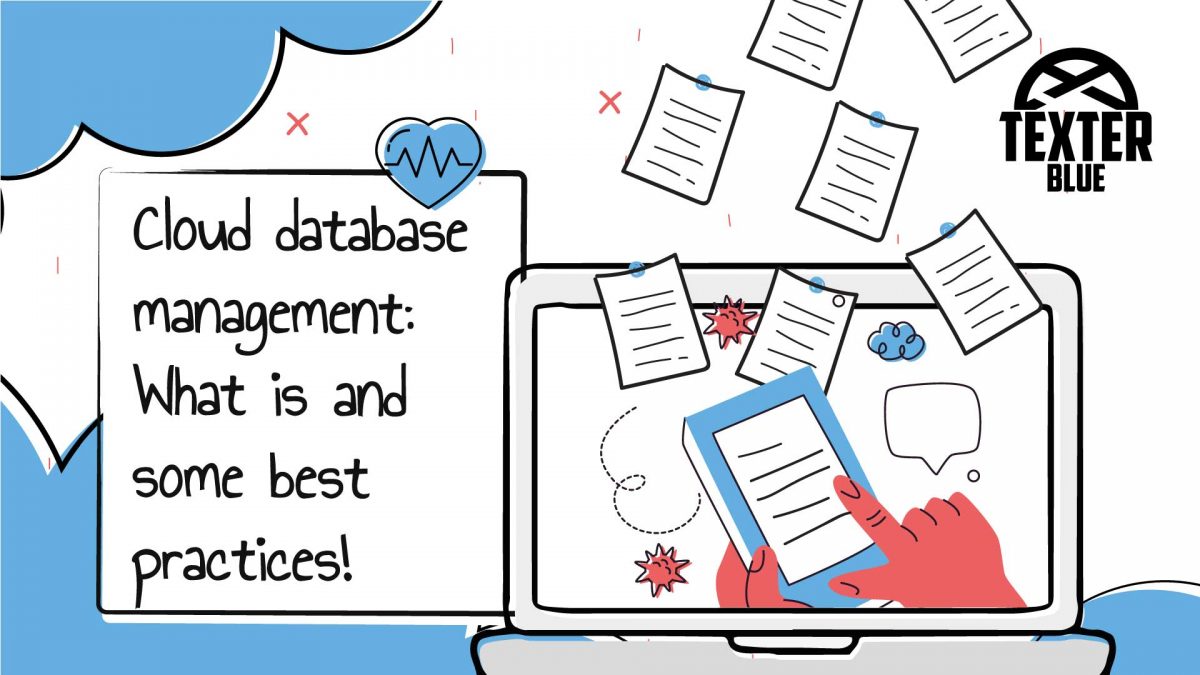Information is the most important asset of any company. Nonetheless, it’s not enough to just own that data, it’s imperative that companies analyse it, to optimize their products and gain a competitive edge.
Nowadays, data is just like a currency and databases are like bank accounts. To maintain and store large databases (that keep growing exponentially), companies are increasingly moving to the cloud. The cost-effective and a more secure infrastructure and services, are between the main reasons. This, because companies need to effectively organize and secure all the information they possess.
What is cloud data management?
Cloud data management involves any action taken with the objective of organizing, maintaining and analysing data across cloud platforms. This way, data can be worked on, shared, and analysed without the need for on-premises storage. Cloud data management is somehow complex, but the main objectives are to:
- Monitor and optimize the performance the use of data-driven applications, which were developed upon cloud databases.
- Optimize data storage capacity and efficiency, by monitoring and analysing data structures and files, through all its lifecycle stages.
- Assure data security and privacy by implementing security protocols and policies, to ensure that data is protect and the compliance of sensitive information with data regulations.
- Develop data-driven analysis tools that generate reports based on big-data, to help the organization to optimize their workflows.
Organizations can choose and established database management system or create a customized solution according to their needs. Whatever your option is, here are 3 best practices you need to follow!
3 Best practices for efficient Data Management in the Cloud
As companies are migrating (almost) all their data on the cloud, it’s common to use more than one database system type to store all this information. For example, the most adopted are MySQL and PostgreSQL (because there are free versions of them both). So, to effectively manage a database infrastructure, there are some best practices you need to follow. Here they are…
1) The development of a clear strategy defines success
Before migrating any resources to the cloud, a clear strategy should be planned. Thus, understand the needs of the company in relation to their data, it’s a top best practice to a success migration and management. So, you should define how the database is being populated, how does it output data and how it integrates with your other systems. As soon as the strategy is defined, the way the data is processed, accessed, and managed, becomes standardized and day-to-day operations become much more effective.
2) Security must be always your top priority (encrypt, secure, and protect your Data)
From the moment the transition of your data into the cloud starts, and forever after, your Data should be encrypted. Treat every single piece of data as of equal importance. While your data is in-transit, you can use encryption methods like HTTPS and SSL to protect it. Your data at rest (inactive and unused data in the cloud) should also be always protected, either through encryption or tokenization. Also, you must manage who has access to the database, what level of privileges each user has and lastly, define the circumstances the deny access to a user.
3) Be one step ahead of problems, and perform regular backups of your database
Losing data could be catastrophic for any business. So that can never happen, it’s imperative that regular backups of all cloud data be performed regularly. Duplicate copies should be stored in various locations so that if disaster were to happen, damages to the company would be minimal. Data backups can be automated to have the most up-to-date database if a crisis happens.
Welcome to the HIVE: A platform that allows horizontal scaling for Alfresco systems.

Forget about those sleepless nights trying to rebuild your statistics or defragment your indexes. By replacing one big repository with several smaller ones, the HIVE can make Large Environments more responsive while spending less money. Thus, reducing maintenance costs of handling a big environment and leveraging search performance to a higher level.
Download HIVE e-book!
By submitting you confirm that you have read and agreed with our Privacy Policy.
If you liked this article, please check news section. Don’t miss it out, and if you’re struggling with your digital transformation, remember… you are not alone in this… Texter Blue is here to help you providing the best results! Make sure you read our news and articles and contact us.

